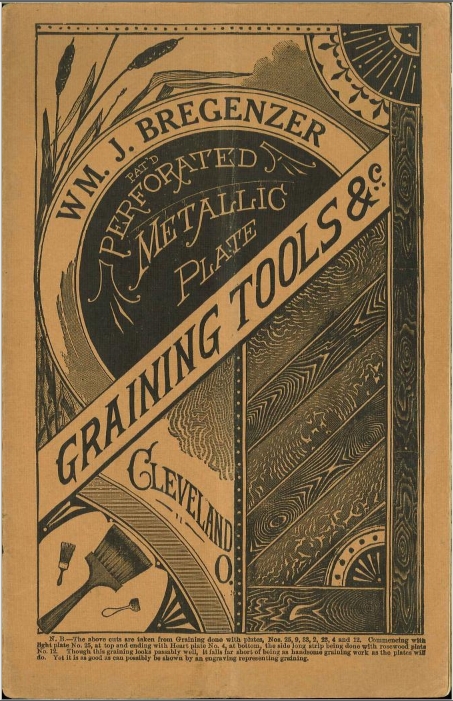Wolf Point is a famous piece of land that is a penninsula where the Chicago River is on three sides, right in front of the Holiday Inn and adjacent to the Merchandise Mart. Recently the Kennedys, who own this land, proposed building three giant high rises on the site, as described in this article.
Of all the habitual liars in this world, one of the most odious has to be the “traffic consultant”. One of these firms, hired by the Kennedys, gave a report on the impact of traffic, and per the article:
Residents also suggested the development would further clog already-congested streets and mocked a traffic consultant’s conclusion that the project would not significantly worsen traffic.
To some extent, per the picture above, it is impossible to further “worsen” traffic. This is a photo taken during rush hour that is relatively typical; the bridge going north on Orleans (it is one-way) is completely gridlocked leading towards the Wolf Point site and backed up into Wacker drive, blocking both streets. Thus to some extent the consultant is right, because you can’t get worse than gridlock.

